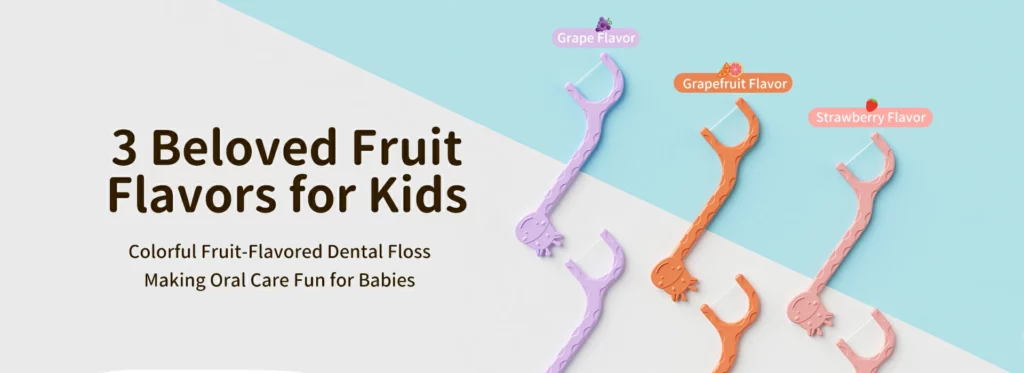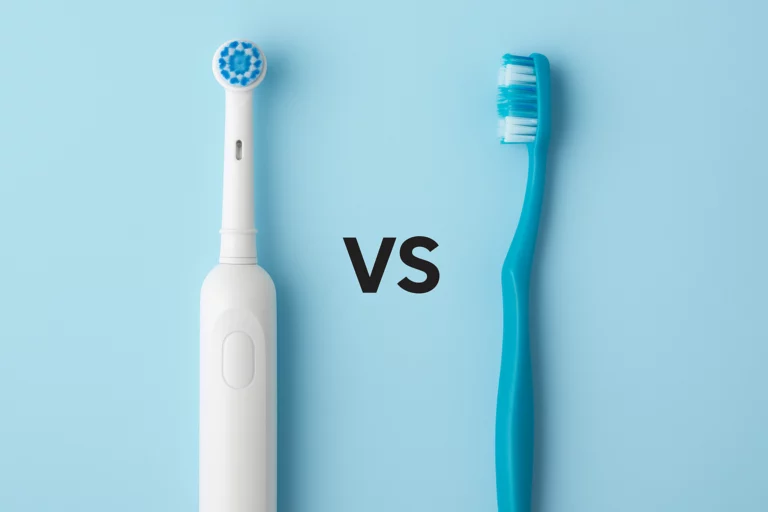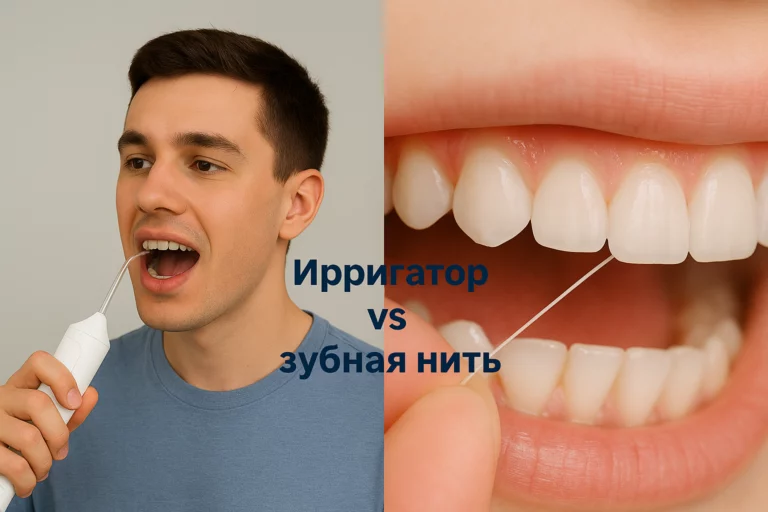In daily oral care, many people focus solely on brushing their teeth while overlooking the importance of dental floss. However, dental floss plays an indispensable role in preventing dental and gum diseases by reaching areas between teeth that toothbrushes cannot. This article will introduce the importance of dental floss, the difference between dental floss and toothpicks, and the correct way to use dental floss. Additionally, we will discuss various types of dental floss suitable for different needs.

The Importance of Dental Floss
Dental floss is a thin, thread-like cleaning tool usually made from nylon or polytetrafluoroethylene (PTFE). It slips into tight spaces between teeth, effectively removing plaque and food debris to prevent cavities and gum disease. According to the American Dental Association (ADA), in addition to brushing your teeth twice a day, you should use dental floss at least once daily for comprehensive oral cleanliness.

- Removing Plaque: Plaque is a film of bacteria that forms on and between teeth and is the main cause of cavities and gum diseases. Dental floss effectively removes plaque, helping to prevent oral diseases.
- Clearing Food Debris: After eating, food particles often get stuck between teeth. If not promptly removed, they become a breeding ground for bacteria. Dental floss can reach these tight spaces to thoroughly clear away debris.
- Preventing Gingivitis and Periodontal Disease: The accumulation of plaque and food debris can lead to gingivitis and periodontal disease. Regular use of dental floss helps prevent these conditions.
- Maintaining Fresh Breath: Food debris and plaque can cause bad breath. Using dental floss removes the bacteria and debris that contribute to bad breath, keeping your breath fresh.
Differences Between Dental Floss and Toothpicks
Although both dental floss and toothpicks are used to clean food debris between teeth, they differ significantly in terms of material, usage, and cleaning efficacy.
- Material and Structure:
- Dental Floss: Made from soft, thin materials like nylon or PTFE, dental floss gently slides into the tight spaces between teeth without damaging the gums.
- Toothpicks: Usually made from wood, plastic, or bamboo, toothpicks are harder and thicker, suitable for removing larger food particles but less effective at cleaning fine plaque and deep-seated debris.
- Cleaning Efficacy:
- Dental Floss: Thoroughly cleans plaque and food debris between teeth, effectively preventing cavities and gum disease.
- Toothpicks: Primarily used to remove larger food particles on the tooth surface, unable to clean the spaces between teeth comprehensively.
- Usage:
- Dental Floss: Requires both hands to maneuver the floss between each tooth, covering all surfaces comprehensively.
- Toothpicks: Operated with one hand, used to dislodge food particles from the tooth surface, but difficult to clean between teeth thoroughly.
Overall, while toothpicks can serve a purpose in certain situations, dental floss is more comprehensive and essential for daily oral care.
Types of Dental Floss
Choosing the right dental floss can improve cleaning efficacy and comfort. Dental floss is available in various types to meet different needs:
- Adult Dental Floss and Children’s Dental Floss:
- Adult Dental Floss: Typically more robust to handle the cleaning needs of adult teeth.
- Children’s Dental Floss: Thinner and softer, designed to be more appealing and comfortable for children, encouraging them to develop flossing habits. Supervision is recommended for young children until they develop proper flossing technique.
- Floss Picks:
- Standard Design: Suitable for most adults, simple and practical, easy to carry.
- Cartoon Design: Designed for children, featuring fun shapes to increase their interest in flossing.
- Flavored Dental Floss:
- Mint Flavor: Provides a refreshing taste, popular among adults.
- Fruit Flavor: Designed for children, making flossing more enjoyable and encouraging regular use.
- Floss Materials:
- Waxed Floss: Coated with a thin layer of wax, making it smoother and easier to slide between tight teeth.
- Unwaxed Floss: Rougher texture, more effective at removing plaque, suitable for larger gaps between teeth.
- PTFE Floss: Made from polytetrafluoroethylene, highly durable and smooth, ideal for tightly spaced teeth.
- Extra Fine Floss: Smaller diameter, perfect for people with very tight teeth spaces.
How to Use Dental Floss Correctly
Proper use of dental floss is crucial for ensuring its cleaning effectiveness. Here are the detailed steps:

- Take an Appropriate Length: Cut a piece of floss about 45 centimeters long, and wrap the ends around your middle fingers, leaving about 5 centimeters of floss between them for cleaning.
- Hold the Floss: Hold the floss tightly between your thumbs and forefingers, keeping it taut.
- Gently Insert into Teeth: Carefully slide the floss between your teeth, avoiding forceful insertion to prevent gum injury.
- Clean Teeth: Curve the floss into a C shape around one tooth and gently move it up and down to clean the sides. Repeat this process for each tooth.
- Remove the Floss: Carefully remove the floss from between the teeth, avoiding pulling it out forcefully.
- Repeat Steps: Use a clean section of floss for each tooth, repeating the cleaning process.
- Rinse Mouth: After flossing, rinse your mouth with water or a non-alcoholic mouthwash to remove any remaining debris and bacteria.
Frequency of Flossing
The American Dental Association recommends using dental floss at least once a day. And the best time to floss is before brushing your teeth at night, ensuring a clean mouth and preventing bacteria from thriving overnight.
Maintenance and Replacement of Dental Floss
Dental floss is a disposable cleaning tool and should be discarded after each use to avoid bacterial contamination. It is also advisable to purchase dental floss from reputable brands to ensure quality and effectiveness.
Conclusion
In daily oral care, dental floss is as important as a toothbrush. It reaches the spaces between teeth to remove plaque and food debris, effectively preventing cavities and gum diseases. By using dental floss correctly and making it a daily habit, you can significantly improve your oral hygiene, maintain fresh breath, and prevent various oral diseases. We hope this article helps you understand the importance of dental floss, master its use, and develop good oral hygiene practices.





